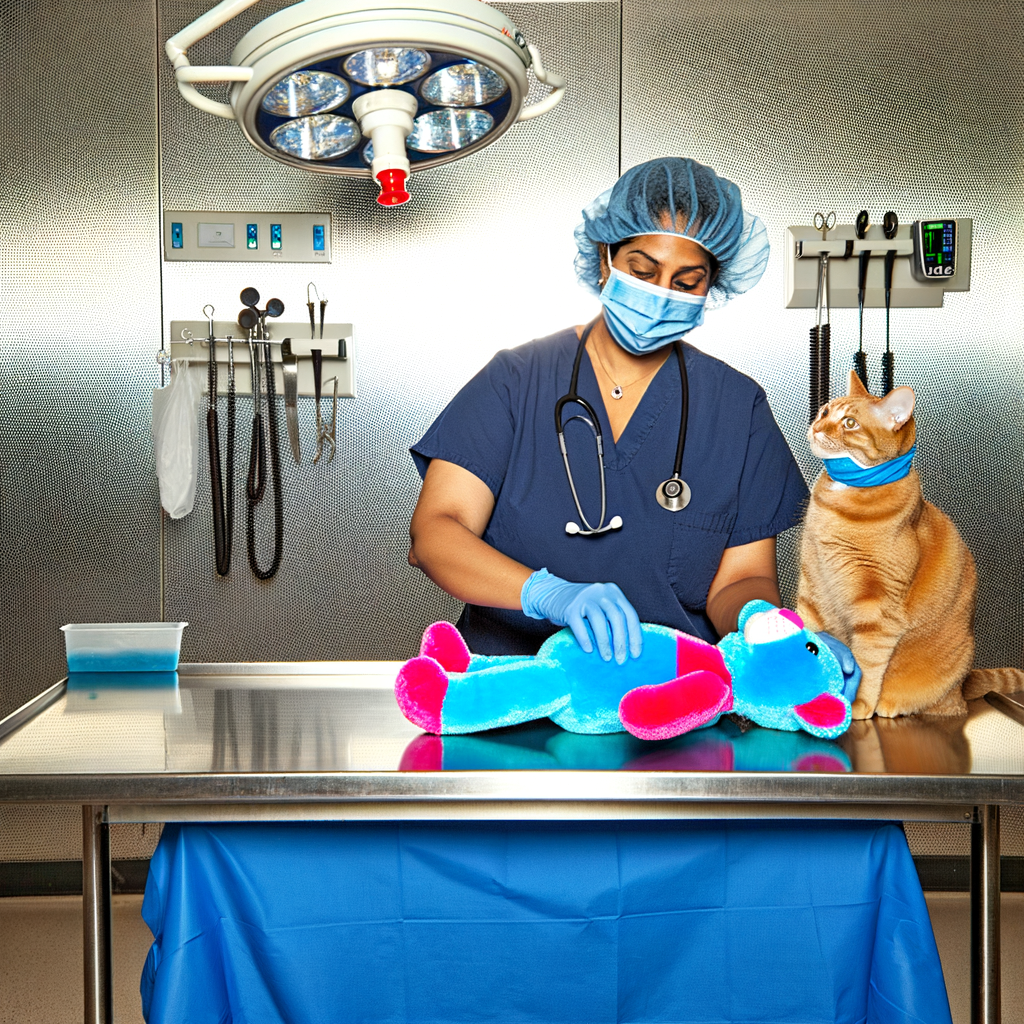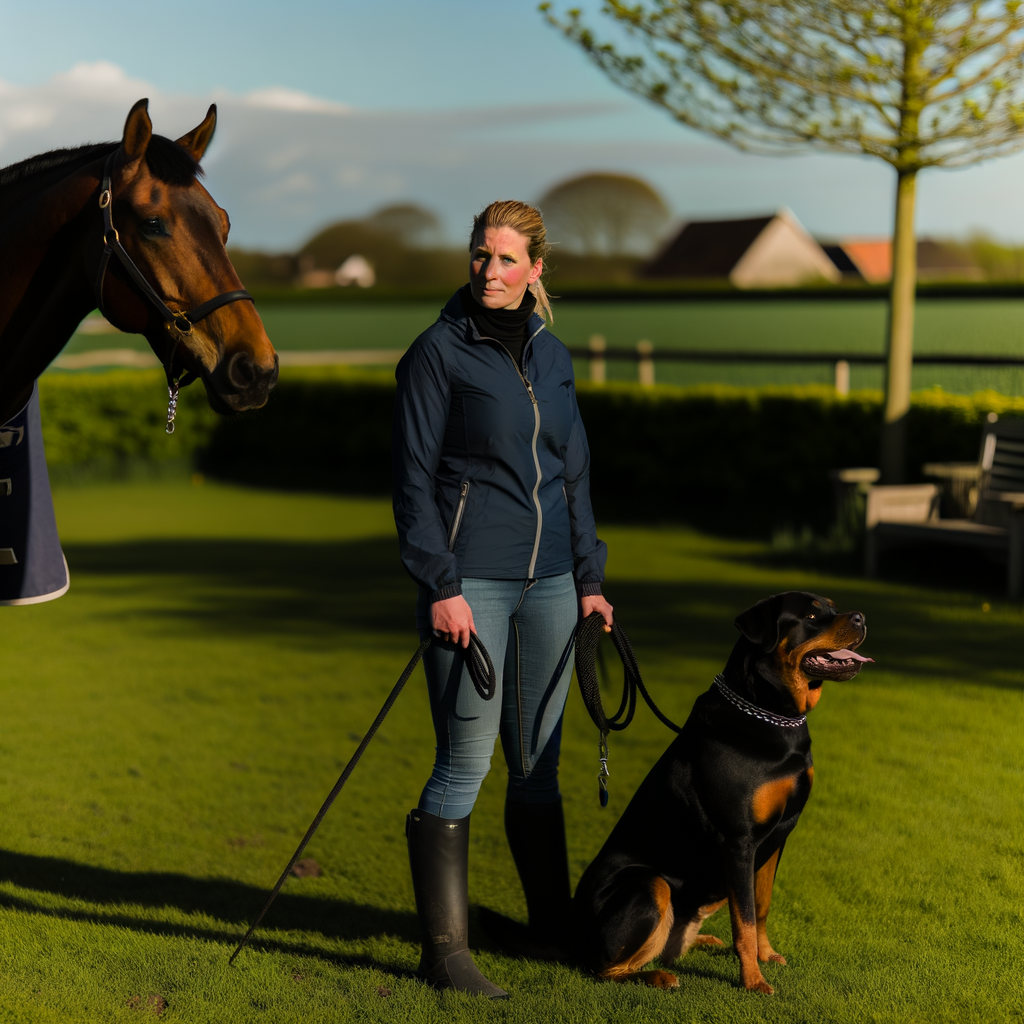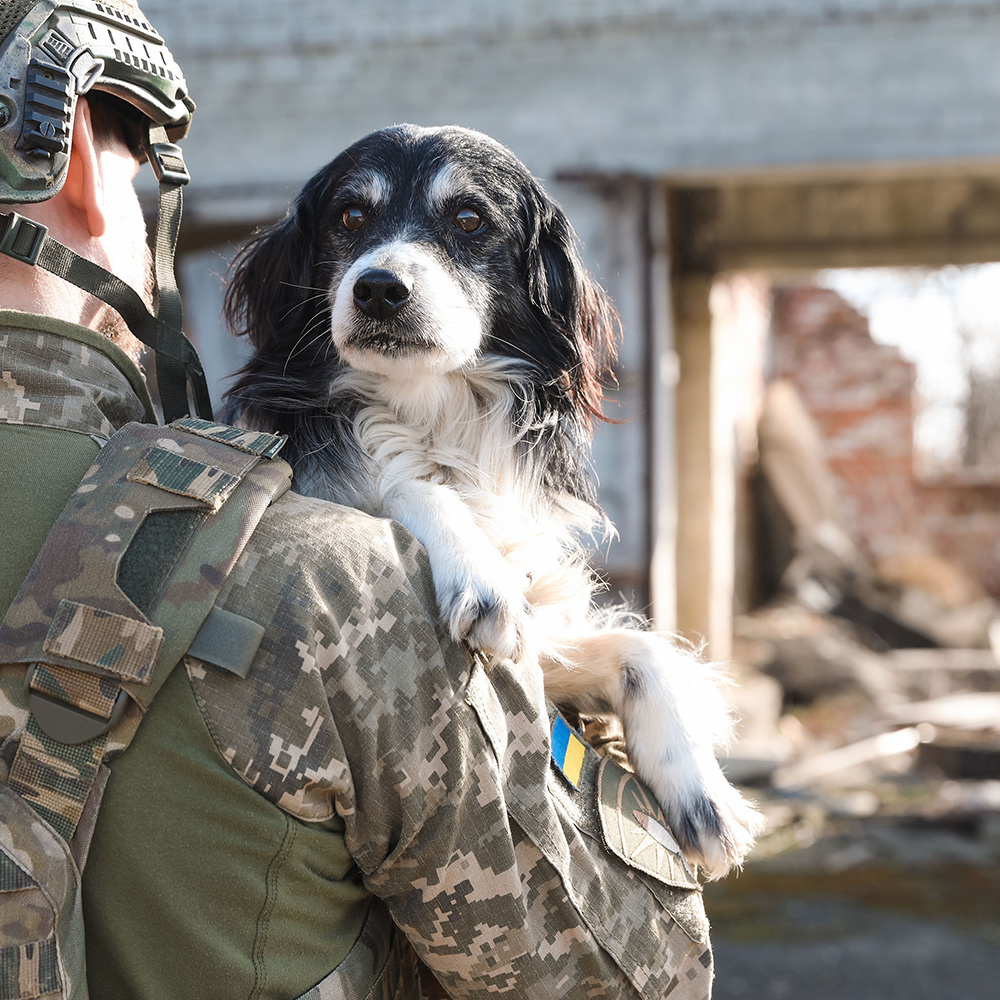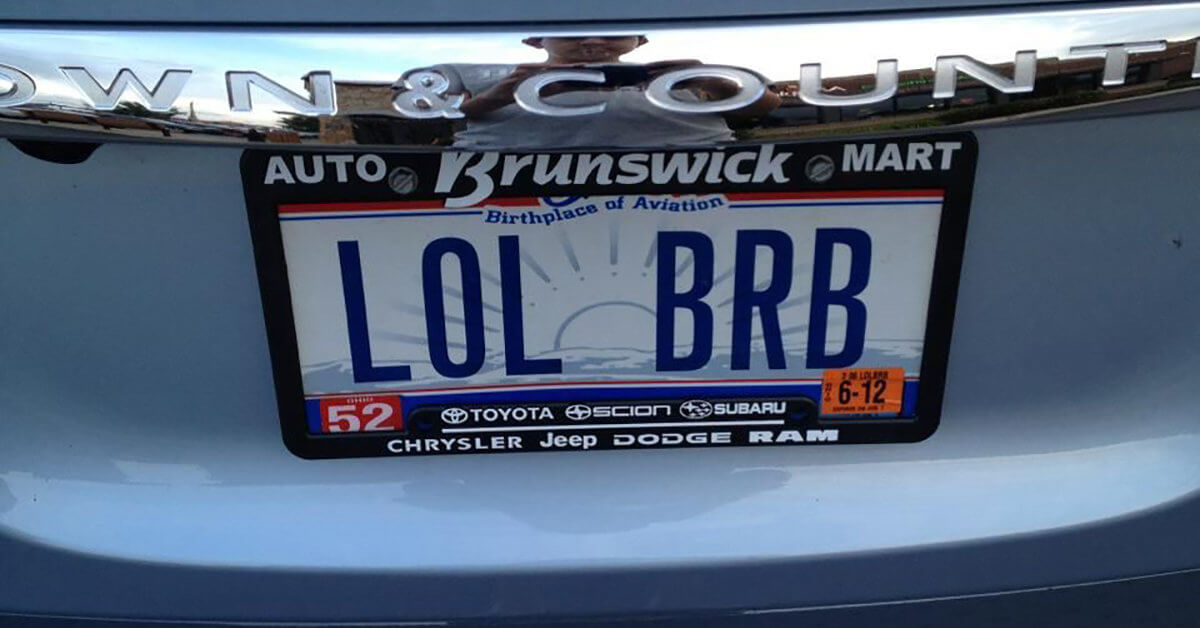The animals that live in roadside zoos are often given inadequate housing, a lack of proper medical care, and insufficient food. An organization ensures that more responsible sanctuaries get support to improve animal welfare, and you’ve helped them do so.
The Global Federation of Animal Sanctuaries was formed to differentiate between true animal sanctuaries and pseudo-sanctuaries. GFAS does this through an accreditation process that involves subsequent visits every three years to ensure animal welfare continues at each site they accredit. Currently, they support 200 sanctuaries in the United States and 17 abroad. Animals at these sites include equine species, farm animals, primates, and exotic big cats. These are animals that often suffer at so-called sanctuaries.

GFAS says, “In the field of animal protection, there are many highly regarded nonprofit shelters that provide care for companion animals (cats and dogs) and have been doing so for 150 years. But in the world beyond companion animals – captured or captive bred wild animals, equines, and farmed animals – their fate is in the hands of anyone who sets themselves up at as an animal refuge. While some are true sanctuaries, more than 90% are not. Instead, they obtain animals who end up exploited for financial gain.”
To ensure true sanctuaries are properly identified and get support to remain ethical, GFAS conducts more than 75 onsite inspections each year. Your clicks, trivia participation, shopping for a cause, and direct donations allowed us to work with our partner Greater Good Charities to support these visits.

One recent visit was to GFAS-accredited Dharmahorse Equine Sanctuary in New Mexico, where summer temperatures can exceed 100 degrees. GFAS staff were conducting their accreditation renewal process when they made note of a lack of sufficient shade for the nearly 30 rescued horses who live there. Though there were shade structures in place, they weren’t big enough for all the horses to cool down at the same time.
GFAS says, “Our team provided detailed feedback and coaching, identifying this gap and working with the sanctuary’s leadership to develop a practical plan to expand shelter access. Motivated by the clear expectations laid out through the GFAS Standards and supported by our guidance, the sanctuary built additional shade structures and upgraded existing ones. Thanks to this effort, every single horse at the sanctuary now has access to shade at any time of day, significantly reducing the risk of heat-related stress and improving their overall quality of life.”

These horses are healthier and safer thanks to you! Your continued support for animals in need makes stories like this possible.









